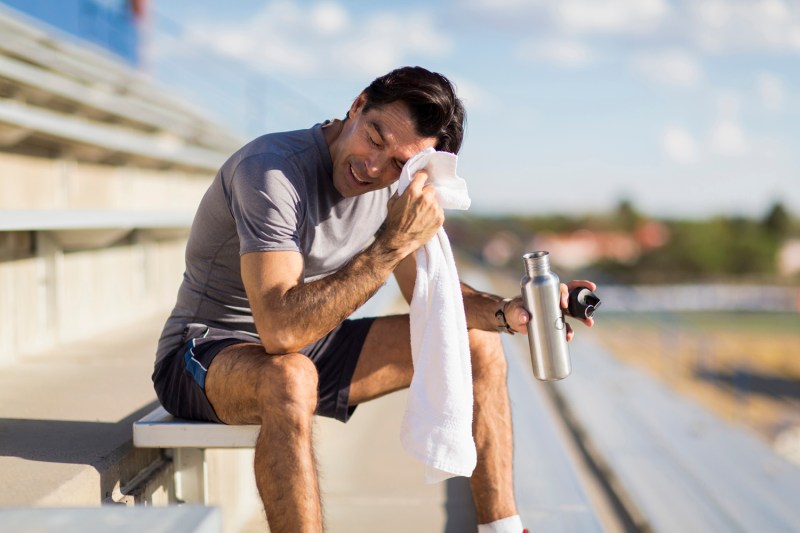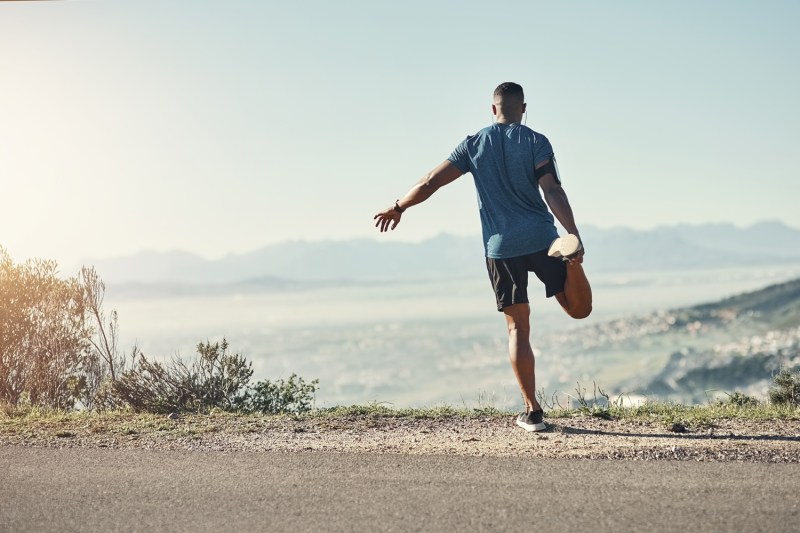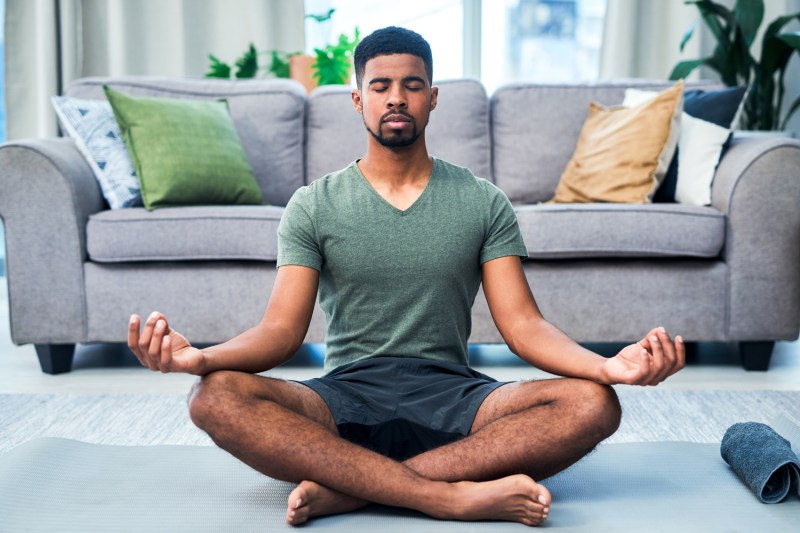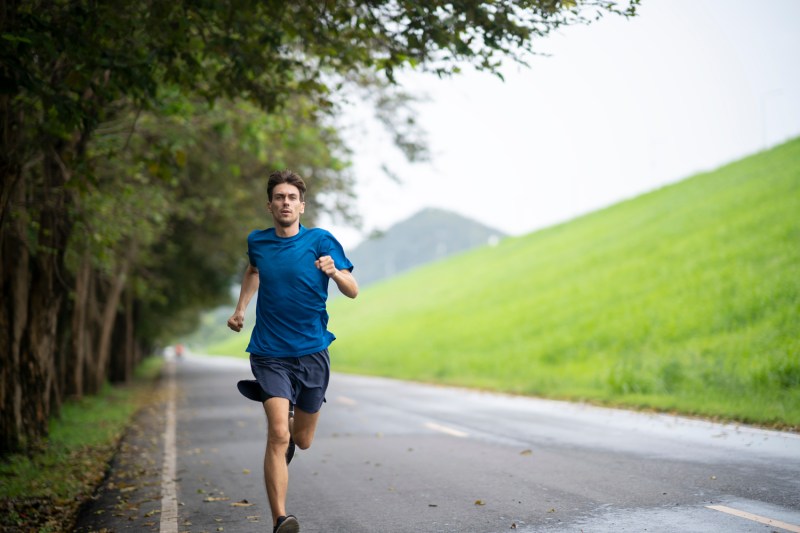
Hanging your boots to rest and take a break from your rigorous fitness regimen can be a challenge for some people. You may feel as if every day is the perfect opportunity to make more progress, but it’s important you take at least one rest day a week to help your body recover.
If you have ever walked into the gym the next day not feeling your best — aching all over, fatigued, and sore — you know it’s your body’s way of telling you to stay away from the gym for a bit to allow it to recover. Pushing through with the exercise by ignoring your body’s signal might become detrimental to your health and physical fitness goals.

Why is regular rest important?
Rest days are as critical as the exercise itself. Whatever your goal is, resting will enable you to see maximal results. Short-term recovery between training/workout sessions is essential in your fitness journey. It aids the maintenance and improvement of your fitness level and helps in injury prevention at all points. It may involve a cool-down phase of a lesser intensity after a workout, especially after high-intensity workouts, as well as your daily activities until the next workout session. All actions done during this time are vital in replenishing energy and fluid lost during exercise and total body recovery.
An ideal rest day will differ from person to person and is dependent on the frequency and intensity of the exercise and activities carried out by the individual after each workout. The American Council on Exercise recommends a minimum of one rest day every seven to ten days of high-intensity physical activity.
Rest days do not necessarily mean you should do nothing. Instead, the aim to improve recovery, which could involve a passive or active activity. Passive recovery means you take the entire day off exercise, while active recovery will involve low-intensity activities, such as yoga or walking, that place minimal stress on the body.

6 ways you can improve your recovery
Sleep
The quality and quantity of sleep within the short-term recovery time are vital in maintaining overall health and well-being. A lot of people agree with this but fail to prioritize it. The truth is that sleep is quite important.
Studies suggest that while the awake cycle is designed for repetitive glycogen breakdown, sleep helps to replenish glucose stores in neurons. Since exercise utilizes adenosine triphosphate (ATP) in energy production for muscle contraction during a workout, it leaves the muscle fatigued, making recovery necessary.
Sleep is a great way to help replenish all the lost stores of energy that allow for further muscle growth, improved performance, and the ability to reap the full benefits of exercise. In addition, the body releases growth hormones during sleep, which aids in tissue repair and building.
The physical exertion which tasks the cells, tissues, and systems of the body can be taken care of by simply sleeping. However, good sleep hygiene is required to get the most out of your sleep. This will include an appropriate sleep environment (dark and cool with little or no noise), avoiding alcohol and caffeine before bedtime, putting away all electronics (TVs, phones, and computers), and engaging in activities that help you wind down, such as taking a bath or reading.

Stretching and foam rolling
Making sure to warm up and cool down when you are exercising is essential for injury prevention, minimizing soreness, and properly acclimating your heart rate. Two amazing ways to do this for yourself are foam rolling and stretching!
Muscle soreness is an indication that your muscles and fascia are becoming taut and knotted, and foam rolling massages those muscles, allowing the release of tension and tightness. Try spending five to ten minutes using a foam roller on all the muscles you focused on during your workout. If you make this a regular practice, you will find yourself experiencing less and less soreness despite your workouts’ intensity. Also, foam rollers come in shapes and sizes, so there is bound to be one that is right for you!
Stretching also works to neutralize muscle tightness and tension. This is a way to pull the muscle back into its ideal relaxed state. It could be dynamic (involving motion) or static — both work to increase blood flow and the range of motion of the joints.
You can do stretching and foam rolling separately, or these can be combined and done either before or after a workout. Also, performing these before bedtime can help you get the most out of your sleep!

Meditation
Emotional health is an integral part of your overall well-being. Meditation is a fantastic tool to wipe out emotional stress that comes in the form of anxiety, tension, and worry. Meditation is a type of mind-body interrelated medicine that helps with relaxation, provides tranquillity for the mind, and enhances emotional and physical wellness.
In order to get the most out of your meditation sessions, be sure that you do the following:
- You are in a quiet setting with no distractions
- You take a comfortable position
- You take deep, even-paced breaths
- Your attention is focused, and your mind is clear

Active rest days
This is about making your recovery time active. Active rest days involve low-intensity exercises that keep your blood flowing and help your muscles recover. The activities include low-impact exercises such as swimming, yoga, hiking, cycling, and myofascial release with a foam roller. Of course, you could also partake in any low-intensity sport you enjoy playing!
Active rest days are considered safe except in cases where you suspect you may have an injury, you are in pain, or you are physically or mentally fatigued. It might be best for you to keep to passive rest activities in any of these cases.

Stress management
Carrying out activities of daily living comes with both physical and mental exertion that can cause you to feel stressed. These conditions, in turn, can be associated with various psychological and physical health problems. Stress management techniques are, therefore, necessary adaptations to the efficient management of everyday stresses.
Start by identifying your most present stressors, and then create boundaries by ensuring you dedicate space by establishing a balance. Next, let your focus be on living a balanced life. This can happen by managing your time, taking time to socialize with friends, eating a balanced diet, and having some fun — do what relieves you of the stressors.
Nutrition
Nutrition is a fundamental part of getting your body to function optimally, and everyone who’s active needs the proper fuel. This means your body has the right energy to get the job done, therefore ensuring you stay injury-free and healthy.
Your nutrition should be a balanced composition of macronutrients, namely carbohydrates, proteins, and fats. Complex carbohydrates, a variety of lean proteins, and healthy fats will aid in reducing inflammation from training. Ensure your calories meet your total daily energy expenditure to keep you feeling energized and full. While caloric deficits are necessary at some points in your life, too severe of a deficit can put the body under a lot of stress and prevent proper recovery. Reach out to a nutritionist or dietician for guidance on what you should be eating.
Work hard, rest hard: Never take rest and recovery for granted
You may have thought that true dedication to your fitness goals means you never take a day off. We hope this article helped show you that this is a myth! You really shouldn’t overlook rest and recovery if you must make the best of your goals, and rest days are a perfect way to see the best results from your workout routine.




